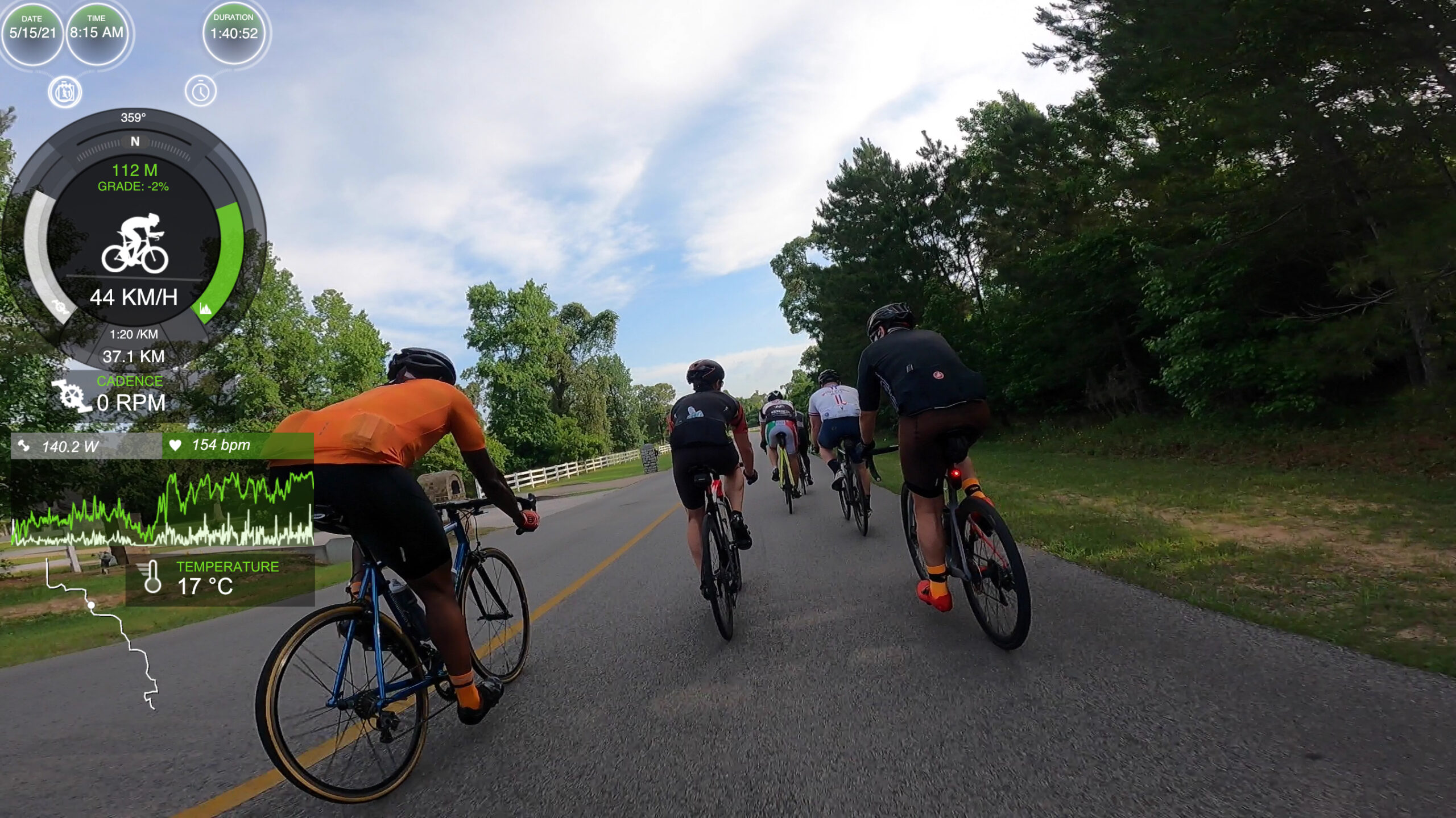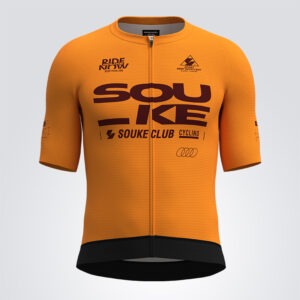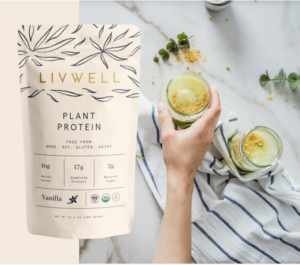Painful Muscle cramps while cycling 2022
- Muscle cramps in legs while cycling feeds various theories:
- Muscle cramps while cycling or spasms can develop in any muscle group however, the most common muscle groups affecting cyclists are:
- Causes of muscle cramps and muscle spasms
- Dehydration as a causation of muscle cramps and muscle spasms are becoming less credible
- Various treatments for muscle cramps and muscle spasms
- Muscle cramps and muscle spasms warning signs
- Research now supports “altered neuromuscular control” as the cause of muscle cramps and muscle spasms
- How to reduce the chance of muscle cramps and muscle spasms?
- Summary of the cause of muscle cramps or muscle spasms while cycling
- Disclaimer
Muscle cramps in legs while cycling feeds various theories:
- Cramps in the legs while cycling, muscular fatigue, low electrolyte levels (sodium, chloride, potassium, calcium, magnesium), hyper-hydration, dehydration and personal susceptibility.
- While there is a belief that muscle spasms or muscle cramps are caused by dehydration there is growing evidence to suggest that this many not be the main cause.
- Spasms or cramps can start as a slight twitch or tic and can develop into a major locking up of the muscle causing intense pain.
- These painful cramps while cycling can go on for a few seconds to several minutes and can occur intermittently and then stop.
- Together, spasms or cramps while cycling or during other forms of exercise are sometimes referred to as exercise-associated muscle cramping (EAMC).
Muscle cramps while cycling or spasms can develop in any muscle group however, the most common muscle groups affecting cyclists are:
- Calf
- Hamstring
- Quadriceps
- Lower back
- Hands and feet
Causes of muscle cramps and muscle spasms
It is commonly believed that cramps or spasms are brought on during exercise as a result of dehydration when you lose fluids which include electrolytes (salt, potassium, magnesium and calcium).
These electrolytes are used to help the chemical firing of muscle fibres. When these nutrients in your body fall the incidence of muscle spasms increases.
It is is a reasonable conclusion to link electrolytes to cramps. This is why many sport drinks now include these nutrients; salt, potassium, magnesium and sometimes calcium to reduce the chance of cramps or spasms while cycling.
This theory has become less credible in recent times.
Dehydration as a causation of muscle cramps and muscle spasms are becoming less credible
Researchers that studied triathletes recently found that those who suffered muscle spasms or cramps had the same level of dehydration and blood mineral levels as those who did not get spasms or cramps.
This belief is slowly becoming less important and the search for the reasons for spasms or cramps continues.
Various treatments for muscle cramps and muscle spasms
There has been limited research that suggests that common treatments that include the following don’t provide any long or short term benefits to reduce the chance of spasms or cramps. They can however can alleviate post ride symptoms and aid muscle recovery:
- General multivitamin pills;
- Chiropractic manipulation;
- Drinking large amounts of water
- Ointments and Balms that help muscle recovery and relieve muscle pain and discomfort;
Sports drinks that contain sugar or food as well as electrolytes during exercise that last more than 1.5 hours improves endurance performance and reduces that chance of developing muscle spasms or muscle cramps.
Muscle cramps and muscle spasms warning signs
Before a muscle cramp and muscle spasm develops you’ll probably feel the pulling or tightening in the muscle first. If you ease the pressure on the leg that has developed this pulling or tightening in the muscle then there is a good chance that it won’t develop into a full blown muscle cramp and muscle spasm.
Research now supports “altered neuromuscular control” as the cause of muscle cramps and muscle spasms
As mentioned, there is mounting research that electrolyte depletion” and “dehydration” as the cause of cramps is not convincing.
While all these theories are being studied, researchers are finding more evidence that the “altered neuromuscular control” hypothesis is the principal pathophysiological mechanism the leads to exercise-associated muscle cramping (EAMC). Altered neuromuscular control is often related to muscle fatigue and results in a disruption of muscle coordination and control.
How to reduce the chance of muscle cramps and muscle spasms?
Recent research suggests the following to help reduce or delay the onset of a full blown muscle cramp when the signs of cramps and spasms start:
- With altered neuromuscular control, it has been suggested that muscle stretching is the best way to treat leg cramps and spasms. I’m yet to find what they mean by this and if post stretching or stretching during exercise is the best method. Stretching during your cycle training ride and cycle racing is the best method to release a cramp.
- Altered neuromuscular control recommends the ongoing conditioning of the muscles to avoid them fatiguing too soon during your cycle training rides and cycle racing
- Reducing the intensity or stopping cycling also helps
- On-going regular massage
- Proper warm-up before going out on your cycle training ride and cycle racing
- Post-exercise stretching after your cycle training ride and cycle racing
- Being well hydrated with a good quality electrolyte sports drink during your cycle training ride and cycle racing
There is some evidence that using the right topical balm to aid in muscle aches goes a long way to speed your recovery and prevent post exercise muscle spams.
Summary of the cause of muscle cramps or muscle spasms while cycling
There may still be a case for electrolyte depletion and dehydration playing its part in increasing the chance of cramps and spasms. I believe however, that this is only part of the story. There are other reasons why a cyclist may develop leg cramps while cycling and muscle spasms, and muscle fatigue is a very likely candidate.
Regardless of the current theories, I still believe that being well hydrated with a electrolyte sports drink while cycling is important to ensure that the cyclist does not become severely dehydrated or run out of carbohydrate stores when cycling for events longer than 1.5 hours. By consuming a regular supply of carbohydrate during the ride, the likelihood of “hitting the wall” or “bonking” is greatly reduced and performance can continue to be maintained.
Most leg cramps while cycling and muscle spasms are more likely to do with the cyclist’s conditioning. A cyclist that has correctly prepared for an event will be less likely to affected by leg cramps and spasms. Our coaching program and training plans provide very good conditioning and relief at addressing general leg cramps after several months of training.
Replicating the training load and the conditions that your ride/race under will stave off the onset of leg cramps and leg spasms.
Disclaimer
Medical causes of cramps are still being researched and the occasional muscle spasm or muscle cramp are not deemed by the medical professionals to be serious. However, if you experience severe or frequent muscle cramps , then make an appointment to see a health care professional.














